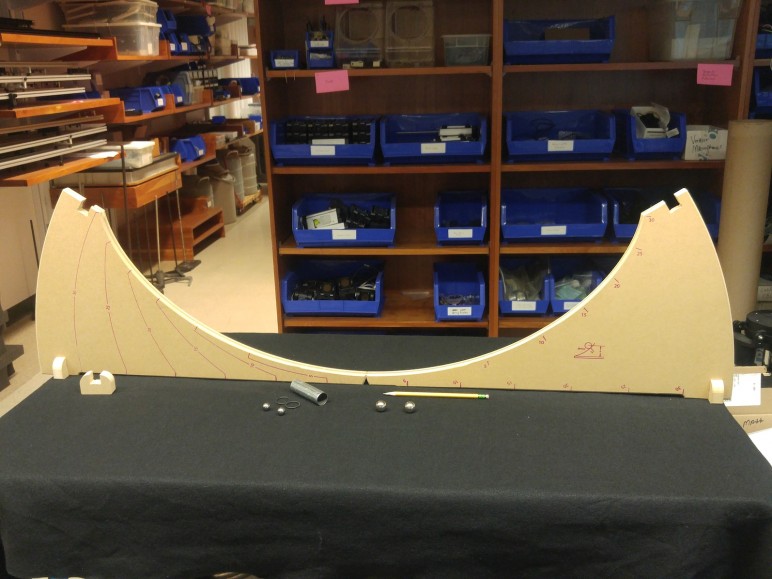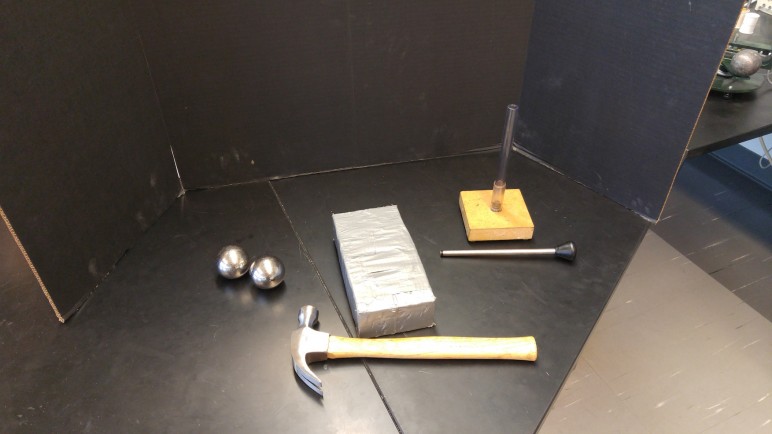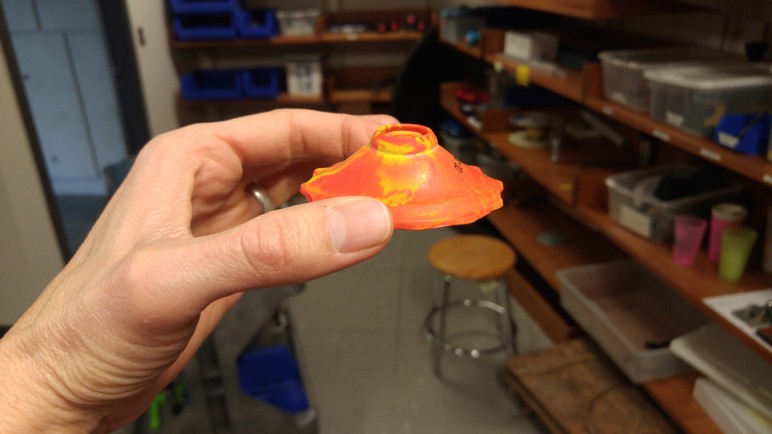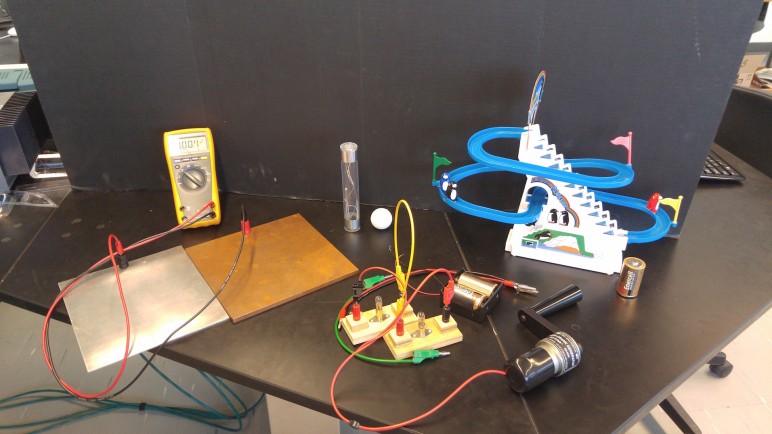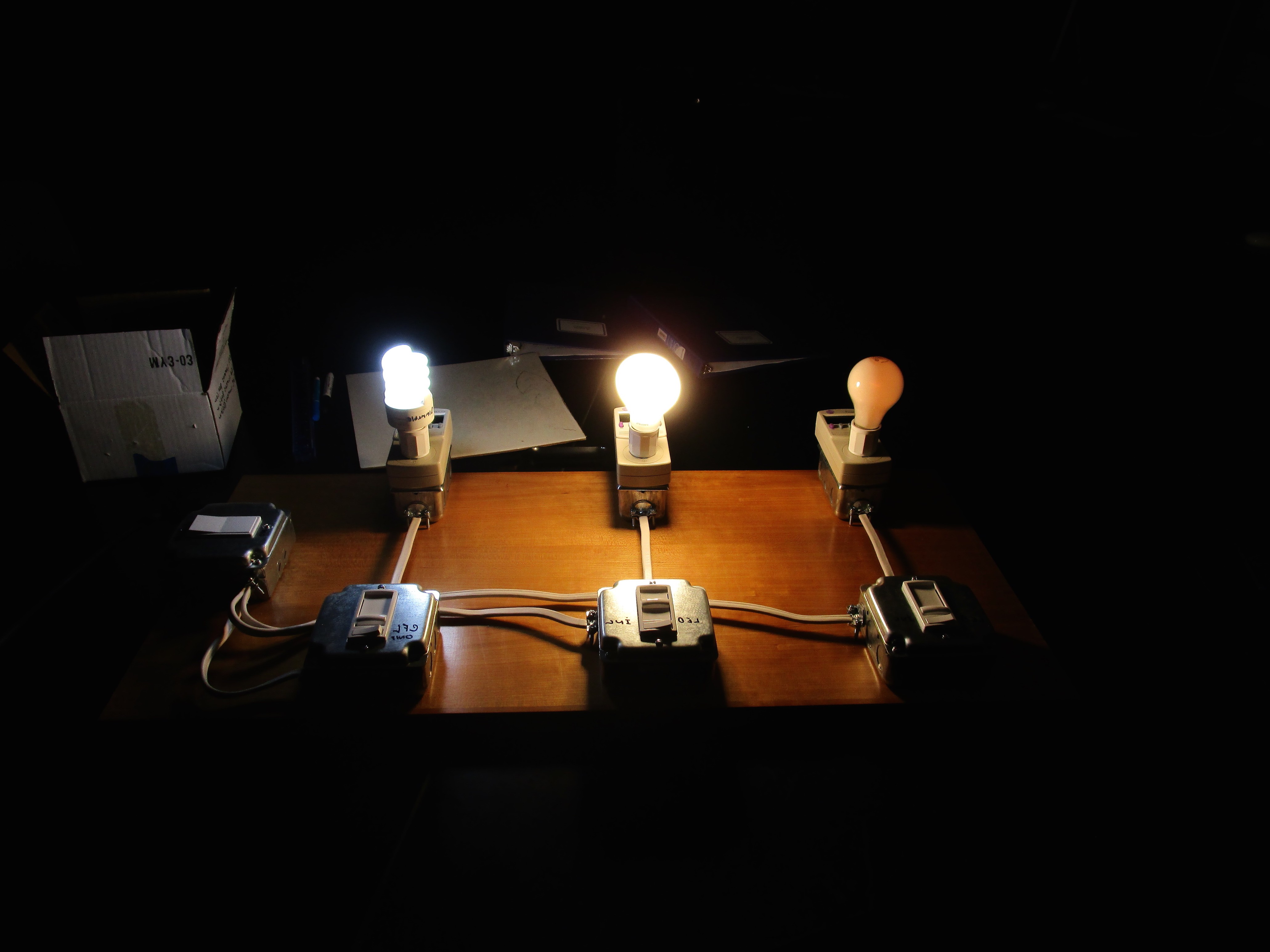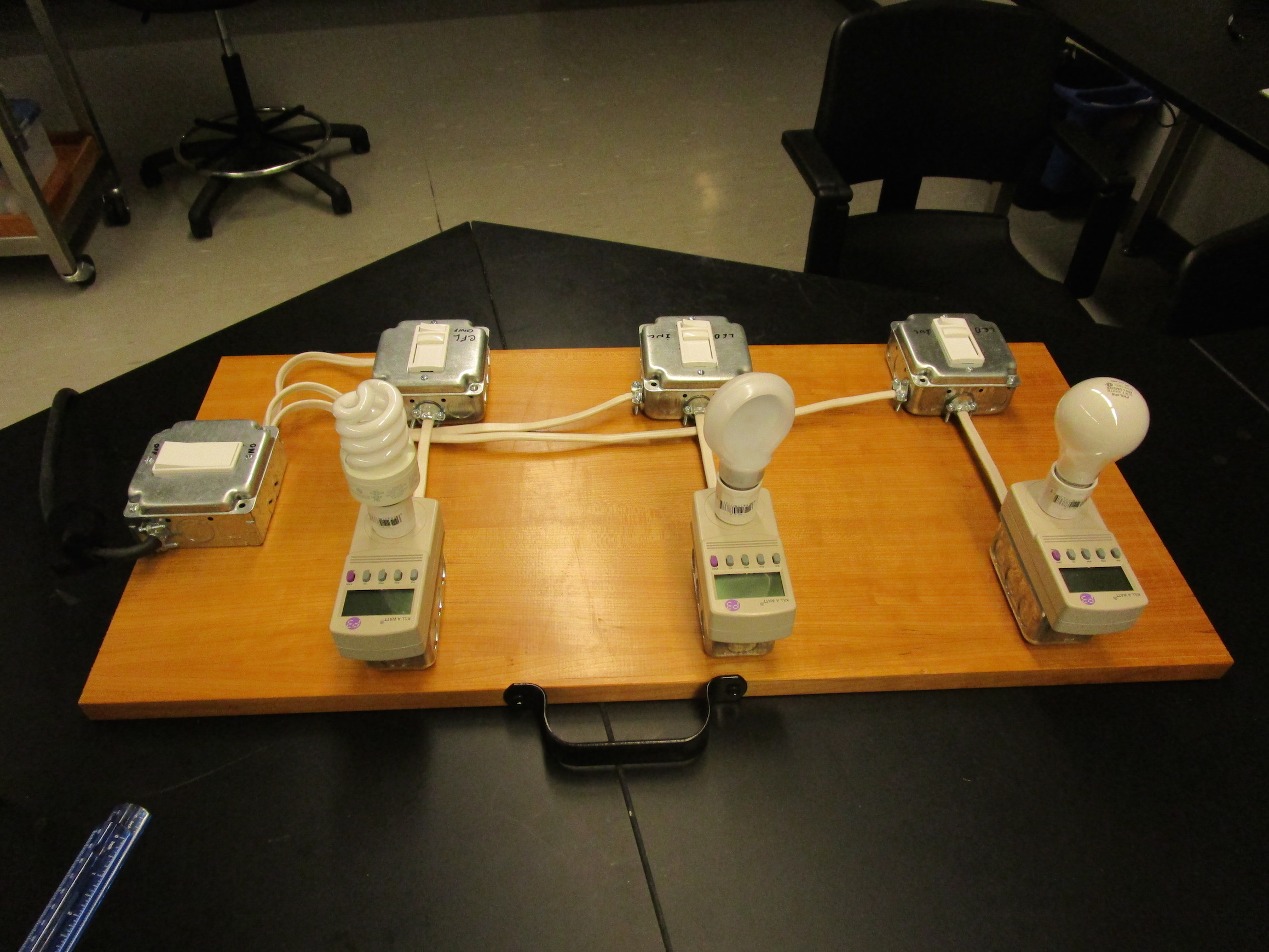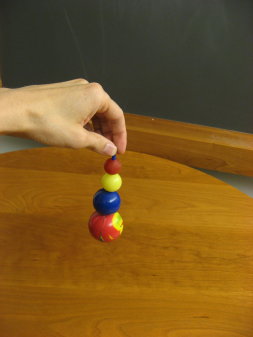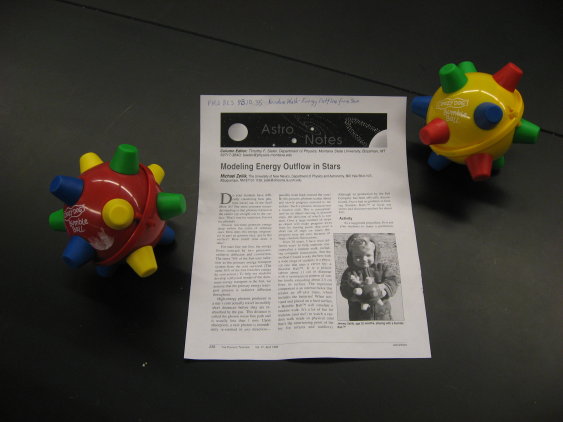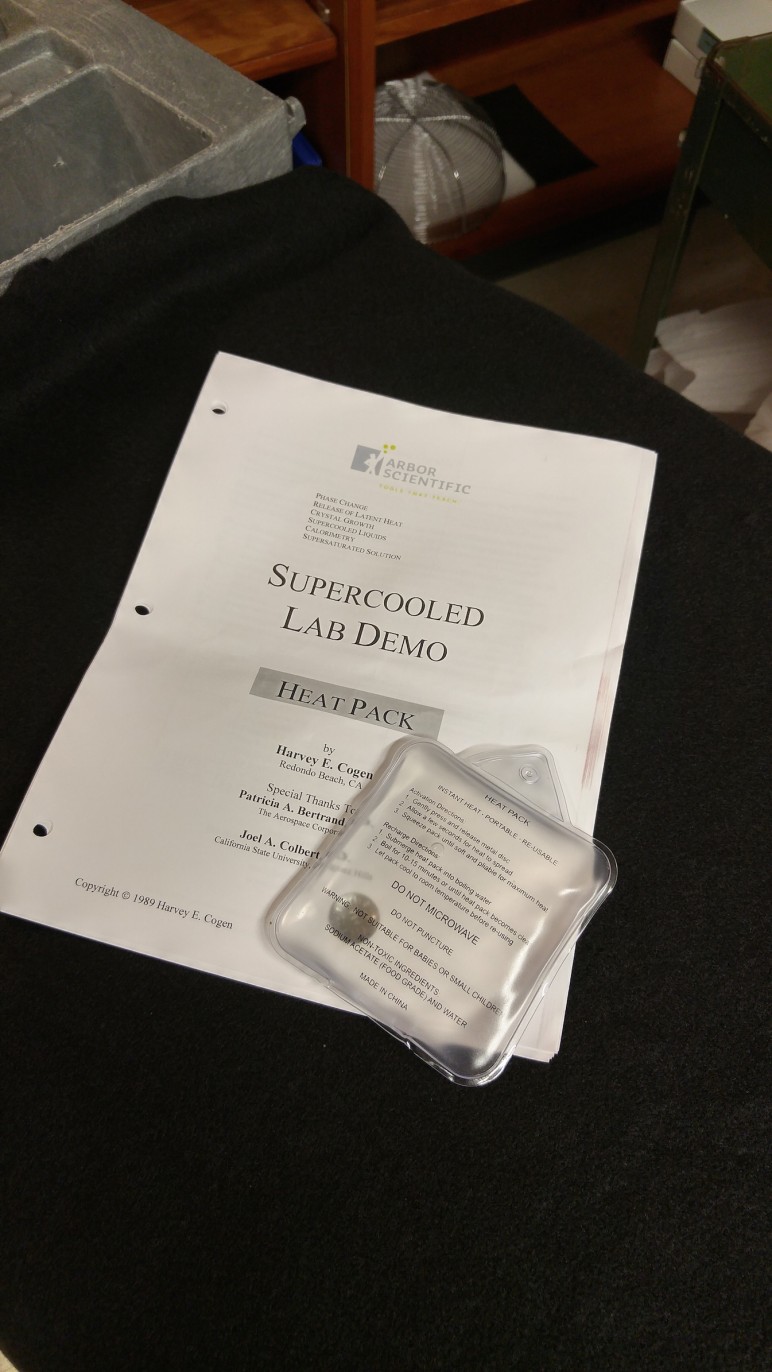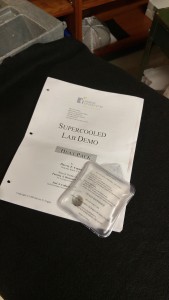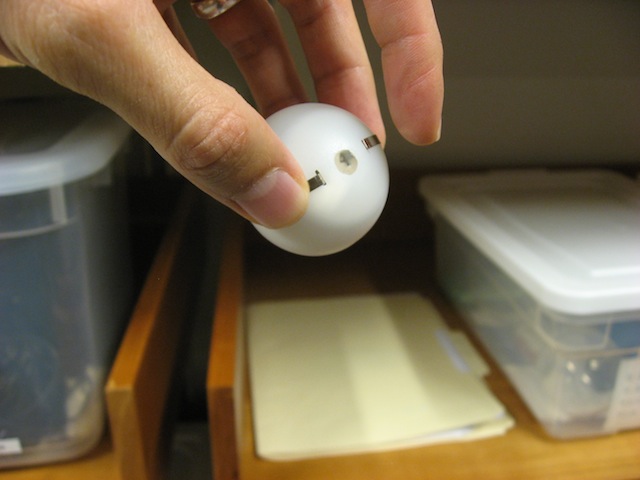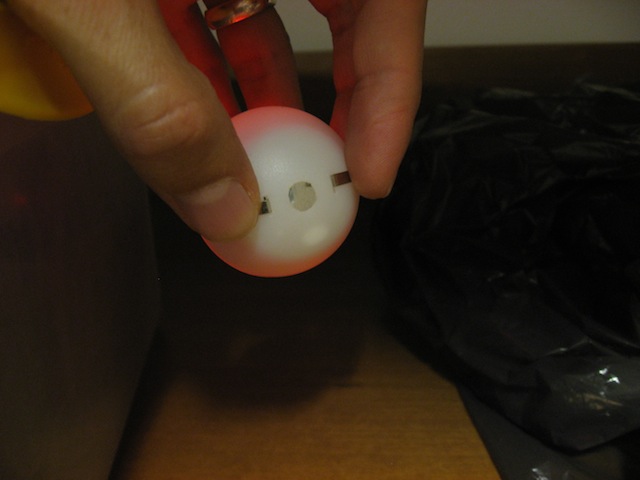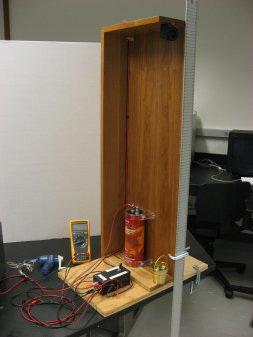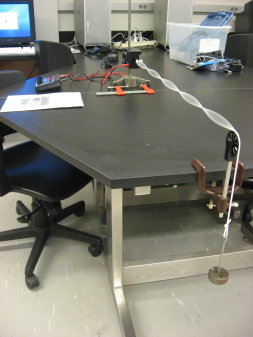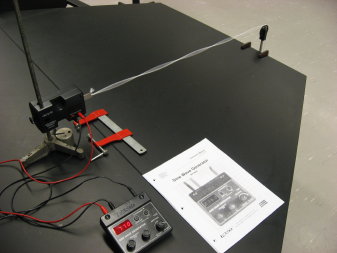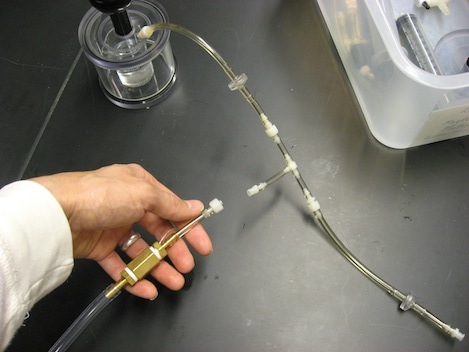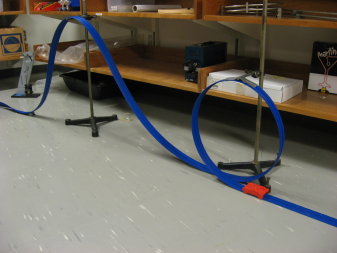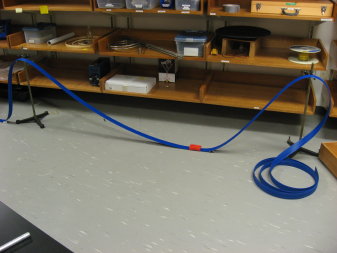- The amount of time required for a rolling ball to reach the bottom of a cycloid ramp is, surprisingly, height independent. Test this out by releasing two balls, simultaneously, from two different heights along the ramp (bottom picture). Balls always collide at the lowest point where the two ramps meet. Place the metal tube on the ramp, at lowest point, to allow students to hear the simultaneous clang made when balls reach bottom.
- The Brachistochrone problem can be discussed by showing that a ball travels more slowly down an un-curved ramp than it does down a cycloidal one.
- Numbers along curve indicate height from bottom.
- Located in L02, section B2.
